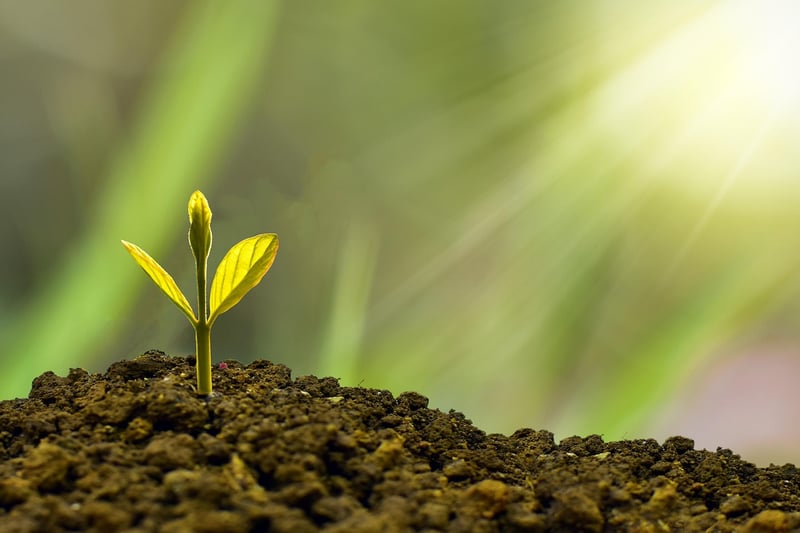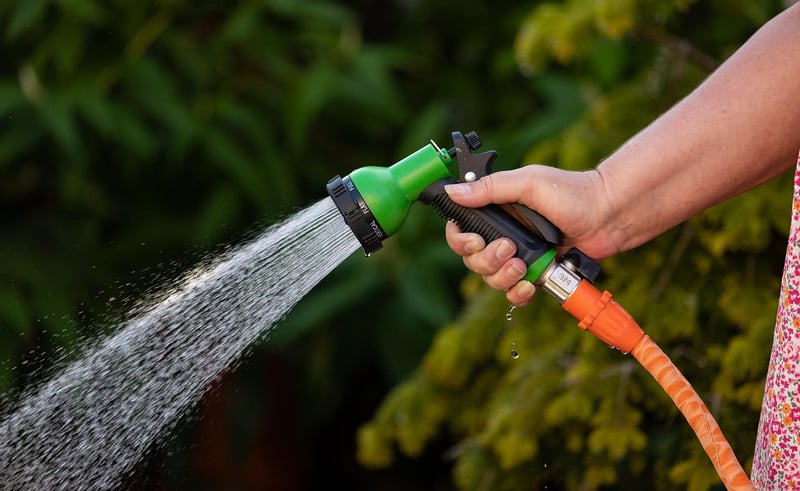Watering Guide
Essential Care Advice and Watering Guide for Healthy Plants
Introduction
Proper care and watering are essential for maintaining healthy plants. Whether you are a seasoned gardener or just starting, following these guidelines will help your plants thrive and flourish.
1. Light
Plants need light to photosynthesize and grow. Place your plants where they can receive adequate sunlight based on their specific light requirements. Some plants thrive in bright, direct sunlight, while others prefer indirect light.

2. Watering Guide
Watering is crucial for plant health, but overwatering can be just as harmful as underwatering. Here's a general watering guide to help you care for your plants:
a. Check Soil Moisture
Before watering, check the soil moisture by inserting your finger into the soil. If it feels dry to the touch, it's time to water.
b. Watering Frequency
The watering frequency varies based on the plant type, size of the pot, and environmental conditions. Generally, water plants when the top inch of soil is dry.
c. Watering Techniques
Water the soil directly at the base of the plant to ensure the roots receive moisture. Avoid wetting the leaves to prevent fungal diseases.

3. Signs of Overwatering and Underwatering
It's essential to recognize the signs of overwatering and underwatering to adjust your watering routine accordingly:
a. Overwatering
- Yellowing leaves
- Soggy or moldy soil
- Root rot
b. Underwatering
- Wilting leaves
- Dry, crispy leaves
- Slow growth
4. Additional Tips
Here are some additional care tips to keep your plants healthy:
- Regularly dust the leaves to allow proper light absorption.
- Monitor humidity levels, especially for tropical plants.
- Rotate your plants occasionally to ensure even growth.
- Use well-draining soil to prevent waterlogging.
By following these essential care advice and watering guidelines, you can create an ideal environment for your plants to thrive and beautify your living space.
